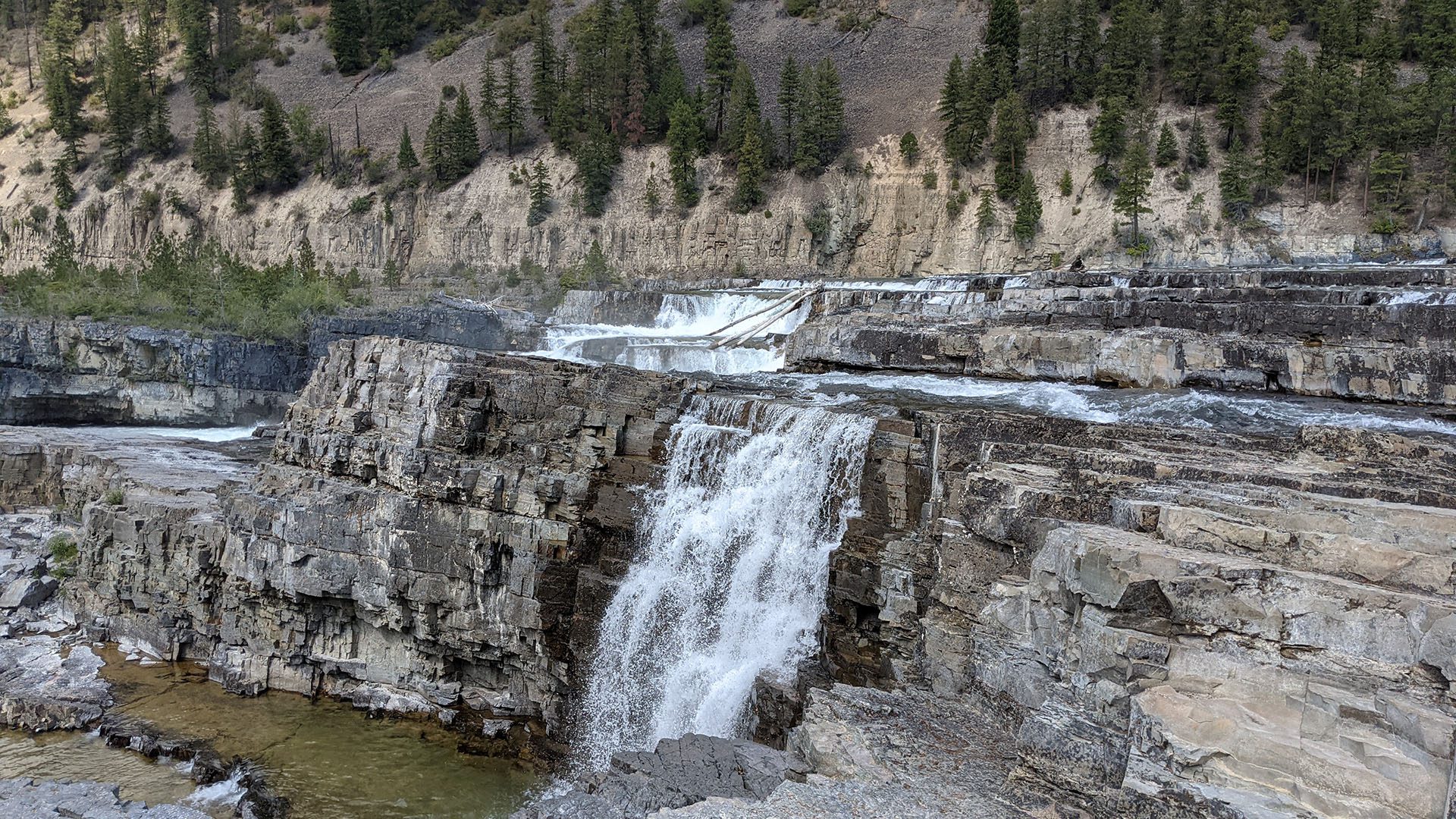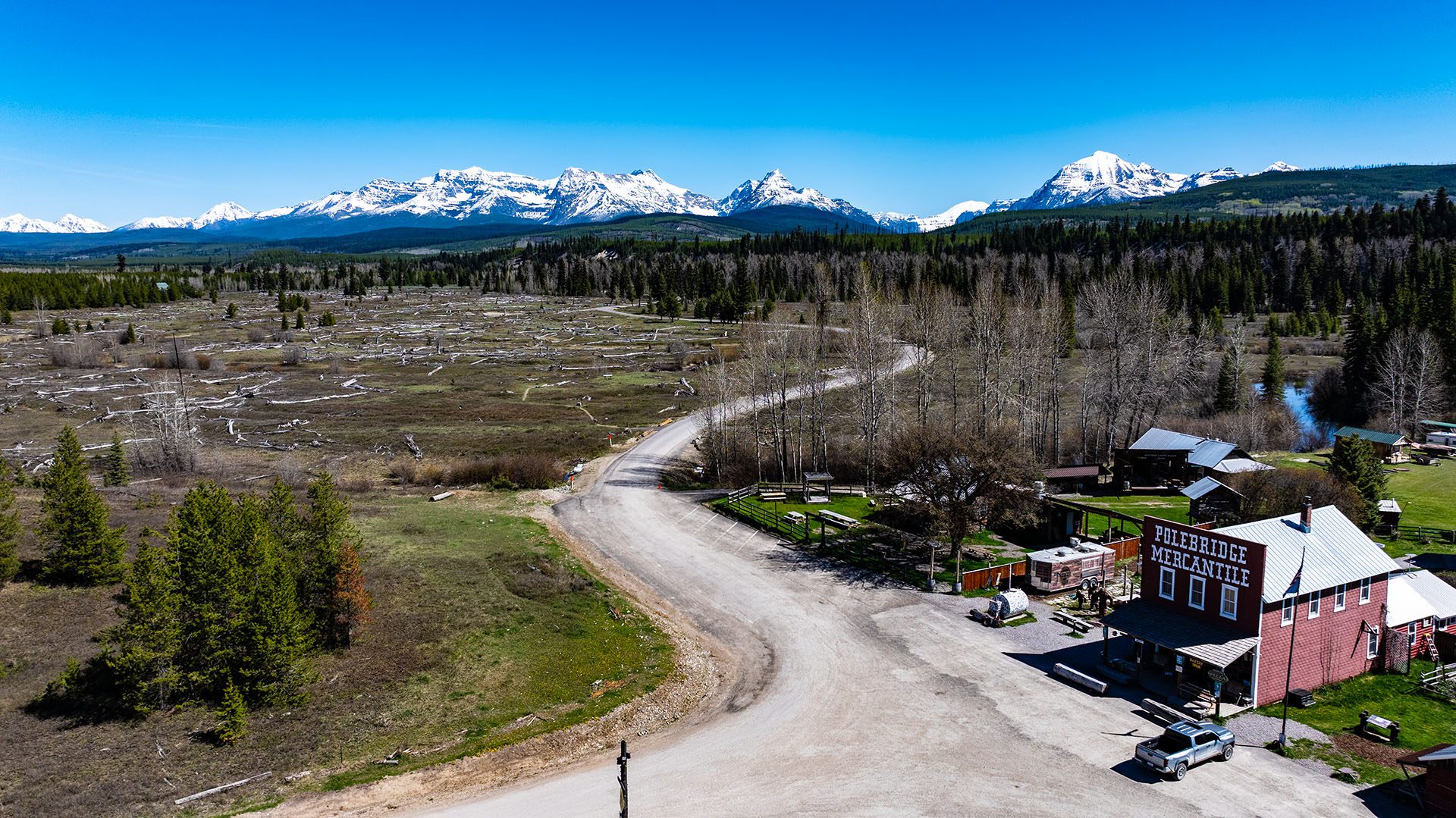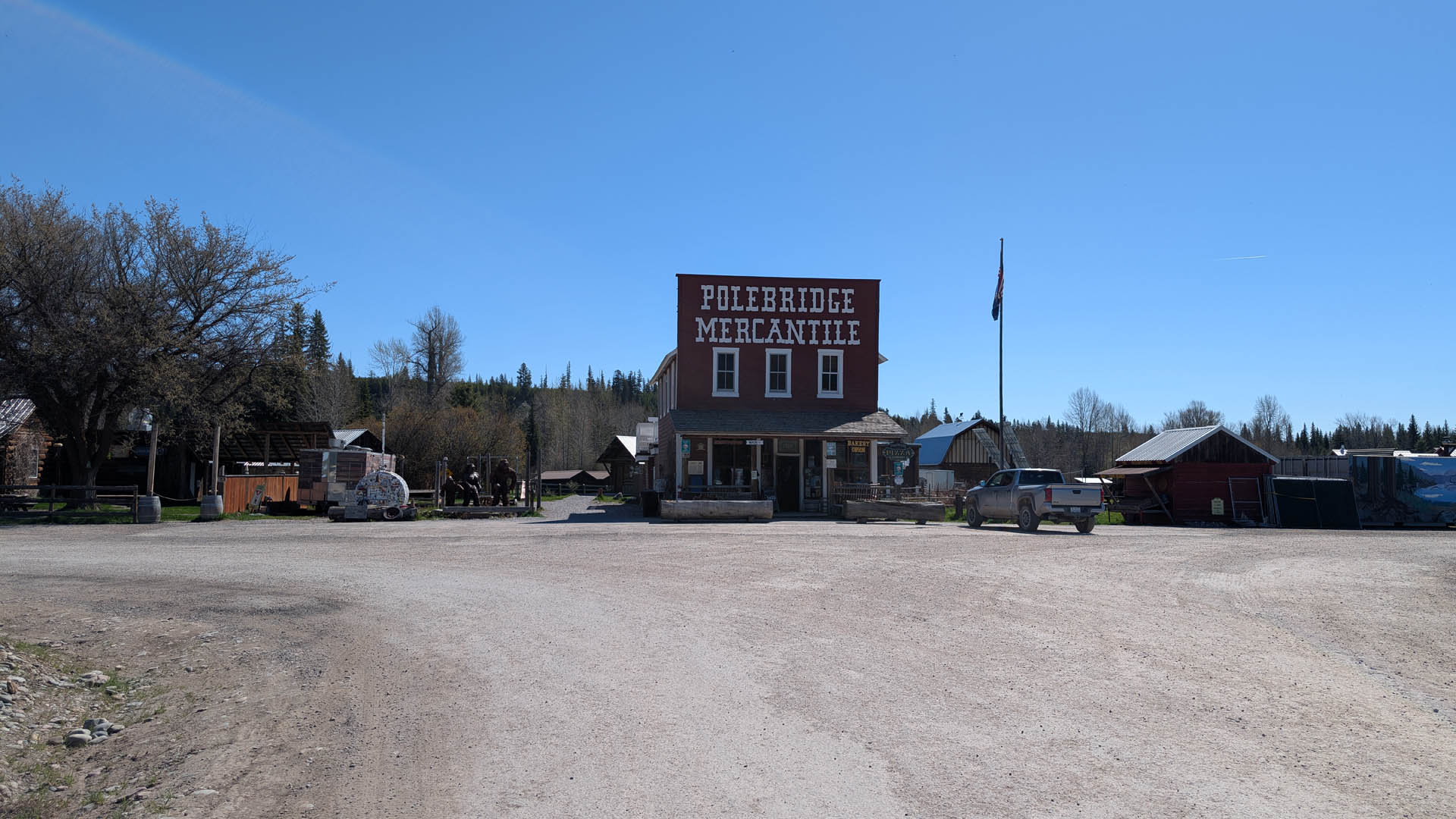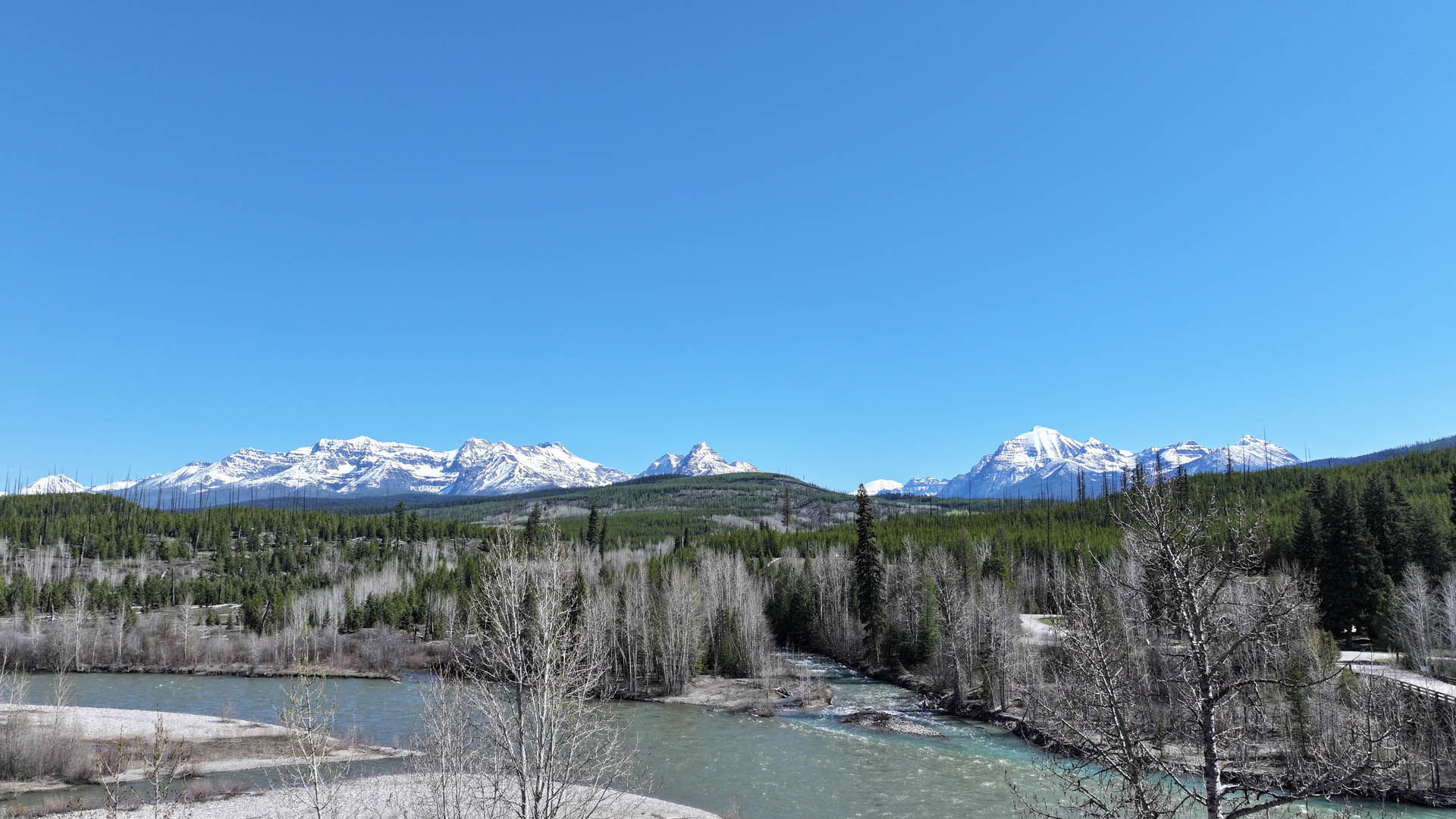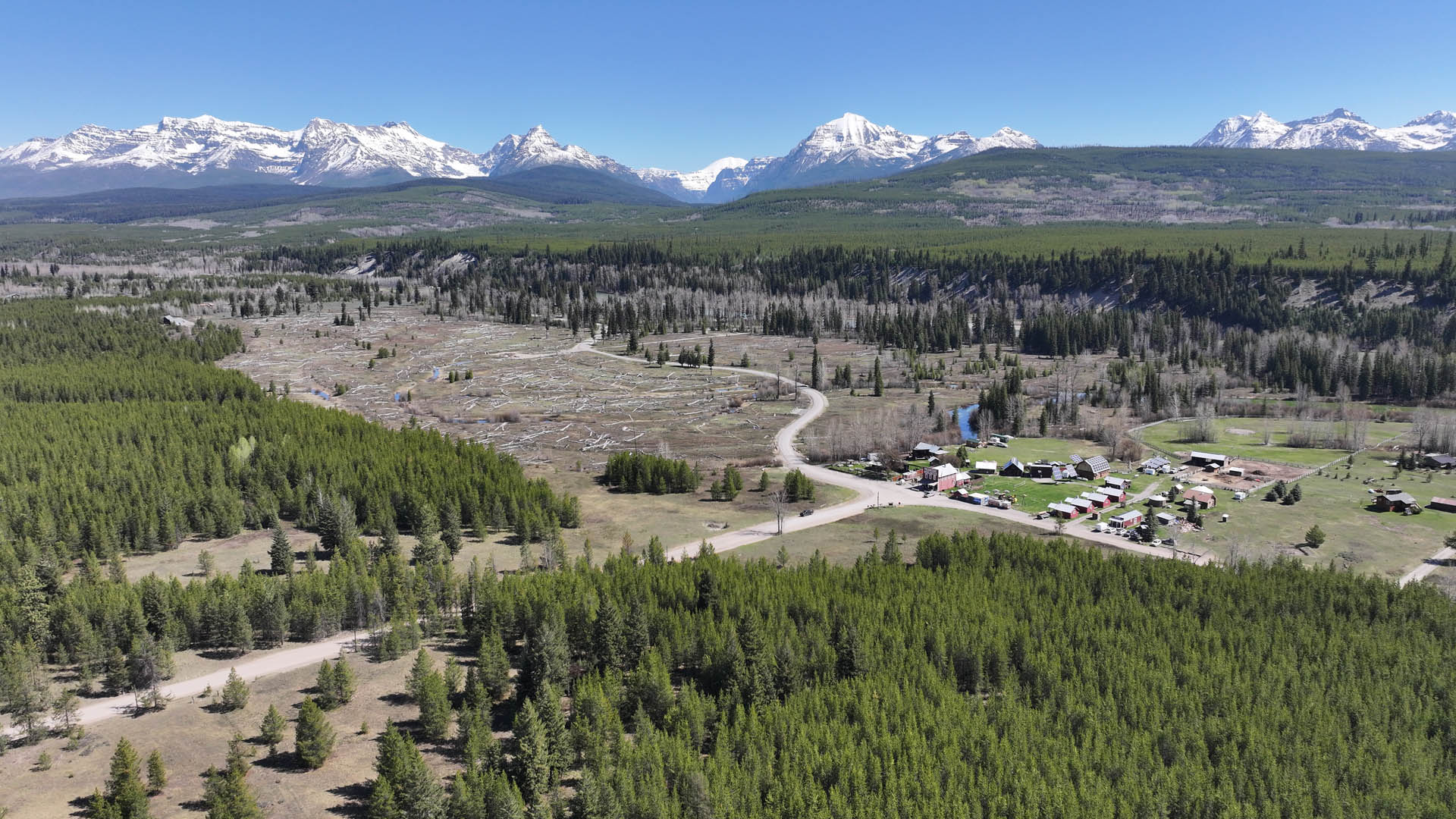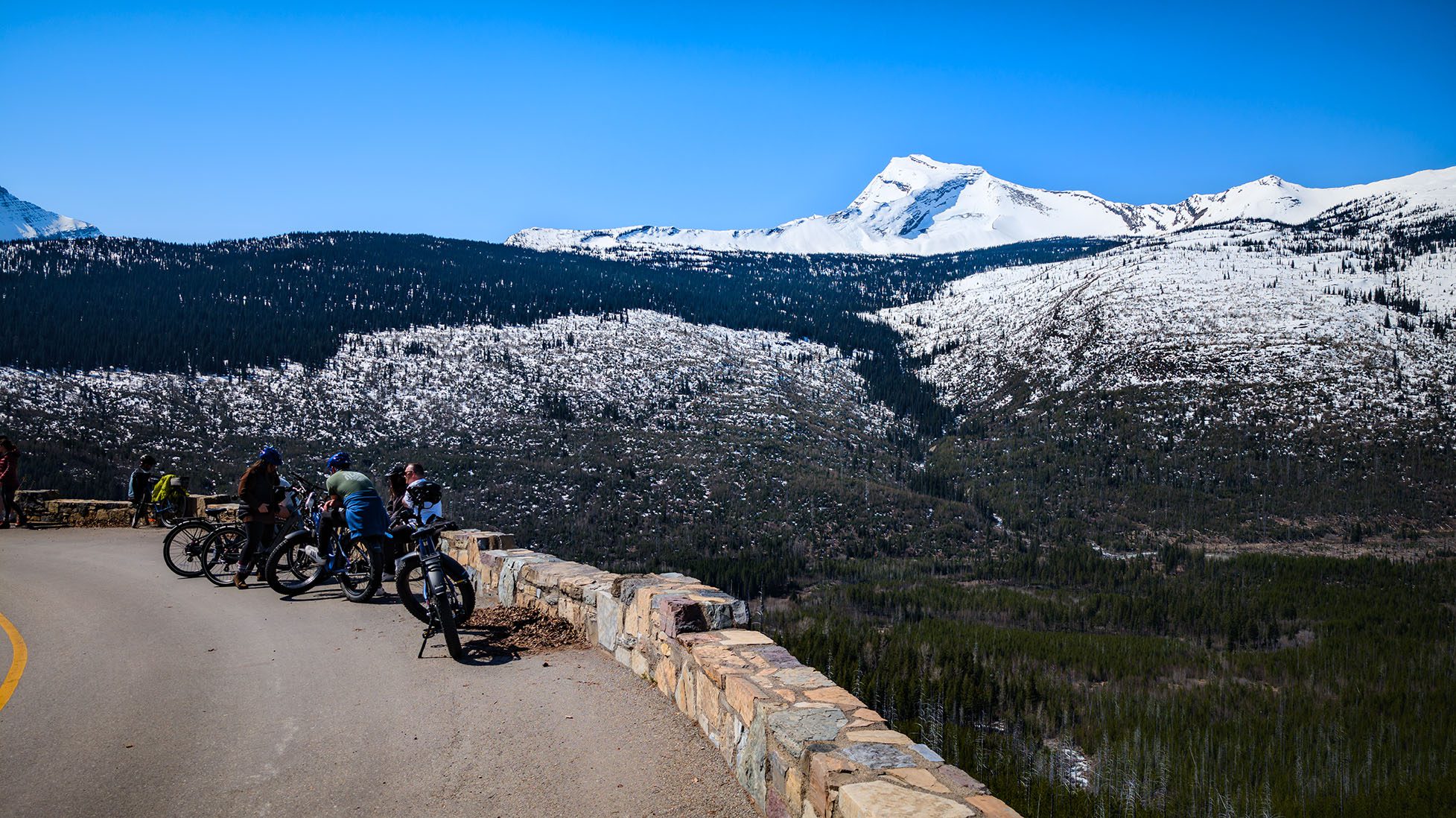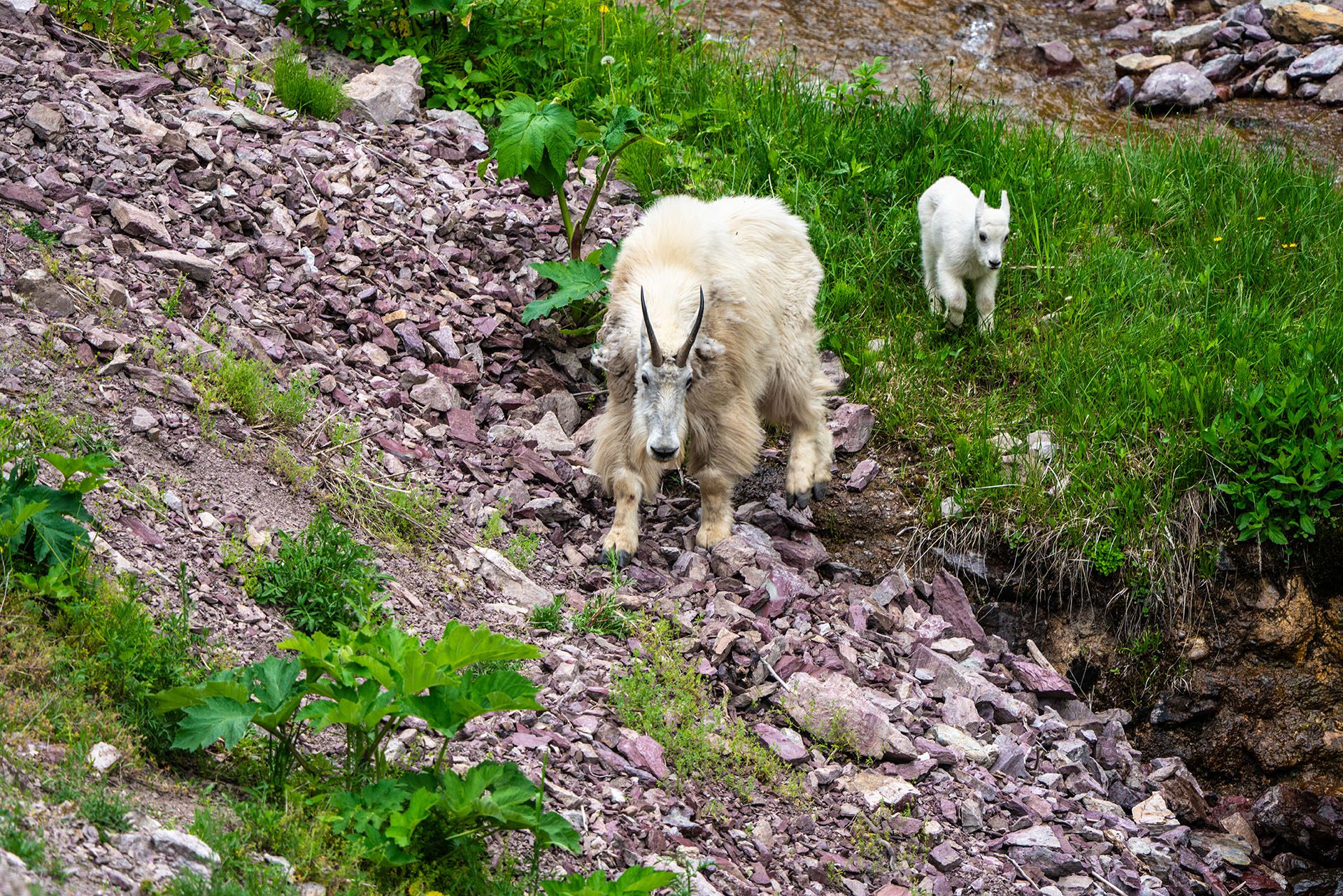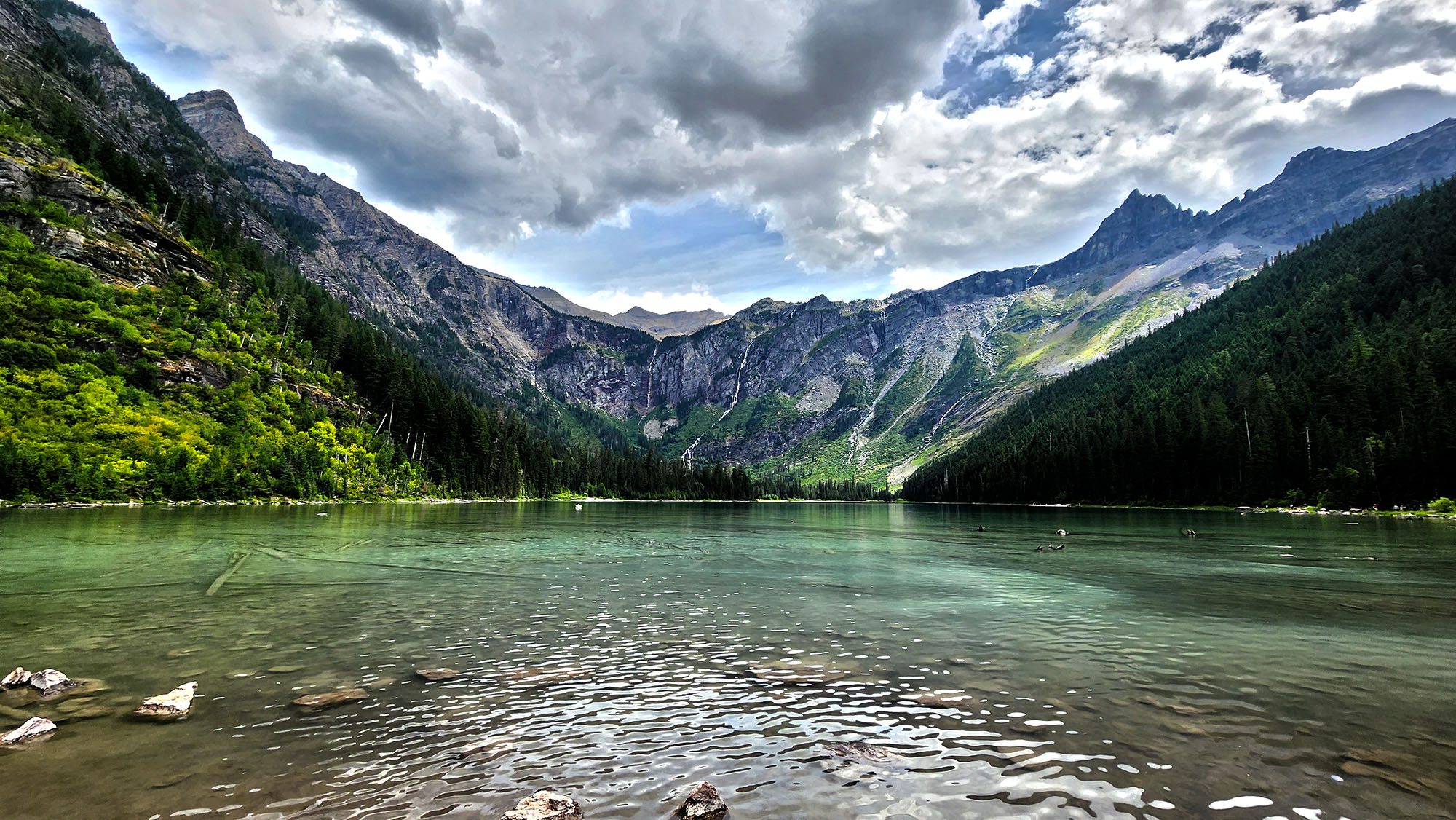While most of the Flathead Valley settles in for a quiet day at home, there are plenty of ways to make the most of Christmas Day in our winter wonderland. Whether you’re looking to carve some turns, enjoy a world-class buffet, or find a peaceful spot in the park, here is your 2025 guide to what’s open on December 25th.
⛷️ Outdoor Adventures
If your ideal Christmas involves fresh air and mountain views, you’re in luck. The valley’s major recreation spots are ready for you.
Whitefish Mountain Resort: The lifts spin from 9:00 AM to 4:00 PM. It’s a local tradition to spot Santas and elves skiing down the slopes. Note that the S.N.O.W. Bus usually runs on its holiday schedule, making it easy to get from downtown Whitefish to the Village.
Blacktail Mountain: Typically open from 9:00 AM to 4:00 PM. It’s often a bit quieter than Big Mountain, offering a “local” vibe and incredible views of a frozen Flathead Lake.
Glacier National Park: The park is open 24/7, 365 days a year. While the visitor centers are closed on Christmas Day, you can still drive to Apgar Village or Lake McDonald Lodge (exterior access) for a snowshoe or a quiet winter hike. Note: You still need a park pass, which can be purchased online or at self-pay stations.
🍽️ Christmas Dining & Drinks
Forget the dishes! Several premier valley restaurants offer special holiday menus, but reservations are essential.
| Venue | Event/Special | Hours |
| The Lodge at Whitefish Lake | Grand Christmas Buffet (Boat Club) | 2:00 PM – 9:00 PM |
| The Firebrand Hotel | 3 or 4-Course Dinner + Live Music | 3:00 PM – 8:00 PM |
| Grouse Mountain Lodge | Logan’s Bar & Grill Holiday Dinner | 4:00 PM – Close |
| Craggy Range Bar & Grill | Brats & Brews (Whitefish) | Starts at 5:00 PM |
| Bigfork VFW | Christmas Bingo & Bar Service | Starts at 5:30 PM |
Local Tip: Many bars in downtown Kalispell and Whitefish open their doors in the evening (around 6:00 PM or 8:00 PM) for those looking for a “nightcap” after family festivities.
🏛️ Local Sightseeing & Events
While museums like the Conrad Mansion are closed on Christmas Day itself, the grounds are often open for a festive stroll to see the exterior lights.
Self-Guided Light Tours: Take a drive through the Bigfork Village (the Christmas Village of Montana) or the Kalispell East Side to see the historic homes decked out in lights.
Worship Services: Most valley churches (like St. Matthew’s in Kalispell or Whitefish Assembly) hold special Christmas morning services.
💡 Know Before You Go
Gas & Groceries: Most major grocery stores (Safeway, Smith’s, Albertsons, Costco) will be closed. Ensure you have your essentials by the 24th.
Reservations: If you plan to eat out, call today. Tables for Christmas Day often fill up weeks in advance.
Weather: Check the MDT Road Report if you’re traveling between towns, as snow plows may have limited holiday shifts.




 The Flathead Valley in the winter is breathtaking—a true Big Sky Country postcard. But winter in Montana is serious business, and conditions can change in a matter of minutes. Whether you’re cruising the backroads, heading up a snowy forest service road, or setting out on a remote backcountry trail, preparation is the key to a safe and enjoyable adventure.
The Flathead Valley in the winter is breathtaking—a true Big Sky Country postcard. But winter in Montana is serious business, and conditions can change in a matter of minutes. Whether you’re cruising the backroads, heading up a snowy forest service road, or setting out on a remote backcountry trail, preparation is the key to a safe and enjoyable adventure.